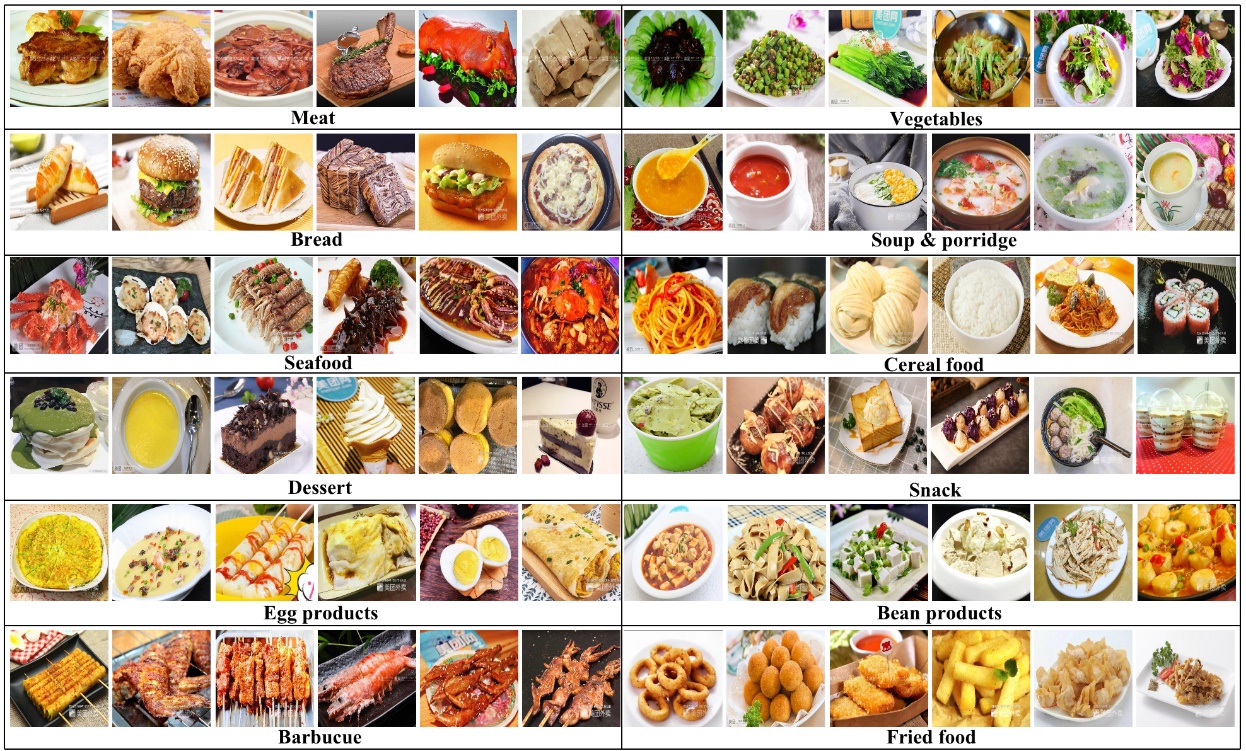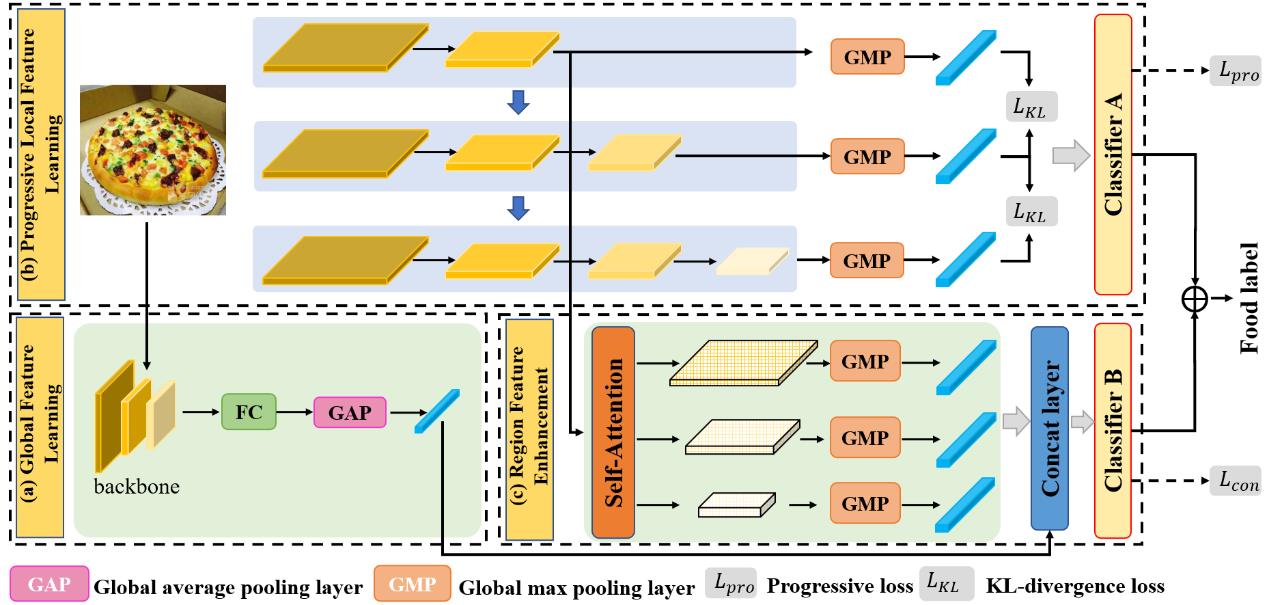Congratulations! VIPL's paper “Large Scale Visual Food Recognition” is accepted by TPAMI. The full name of IEEE TPAMI is IEEE Transactions on Pattern Analysis and Machine Intelligence, which is an international journal on pattern recognition, computer vision and machine learning with an impact factor of 24.314, announced in 2022.
Weiqing Min, Zhiling Wang, Yuxin Liu, Mengjiang Luo, Liping Kang, Xiaoming Wei, Xiaolin Wei, Shuqiang Jiang*. Large Scale Visual Food Recognition. IEEE Transactions on Pattern Analysis and Machine Intelligence (TPAMI), 2023. (Accepted on Jan. 14, 2023).
Food recognition plays an important role in food choice and intake, which is essential to the health and well-being of humans. It is thus of importance to the computer vision community, and can further support many food-oriented vision and multimodal tasks, e.g., food detection and segmentation, cross-modal recipe retrieval and generation. Unfortunately, we have witnessed remarkable advancements in generic visual recognition for released large-scale datasets, yet largely lags in the food domain. In this paper, we introduce Food2K, which is the largest food recognition dataset with 2,000 categories and over 1 million images. Compared with existing food recognition datasets, Food2K bypasses them in both categories and images by one order of magnitude, and thus establishes a new challenging benchmark to develop advanced models for food visual representation learning. Furthermore, we propose a deep progressive region enhancement network for food recognition, which mainly consists of two components, namely progressive local feature learning and region feature enhancement. The former adopts improved progressive training to learn diverse and complementary local features, while the latter utilizes self-attention to incorporate richer context with multiple scales into local features for further local feature enhancement. Extensive experiments on Food2K demonstrate the effectiveness of our proposed method. More importantly, we have verified better generalization ability of Food2K in various tasks, including food image recognition, food image retrieval, cross-modal recipe retrieval, food detection and segmentation. Food2K can be further explored to benefit more food-relevant tasks including emerging and more complex ones (e.g., nutritional understanding of food), and the trained models on Food2K can be expected as backbones to improve the performance of more food-relevant tasks. We also hope Food2K can serve as a large scale fine-grained visual recognition benchmark, and contributes to the development of large scale fine-grained visual analysis. The dataset, code and models are publicly available at http://123.57.42.89/FoodProject.html


Download:
